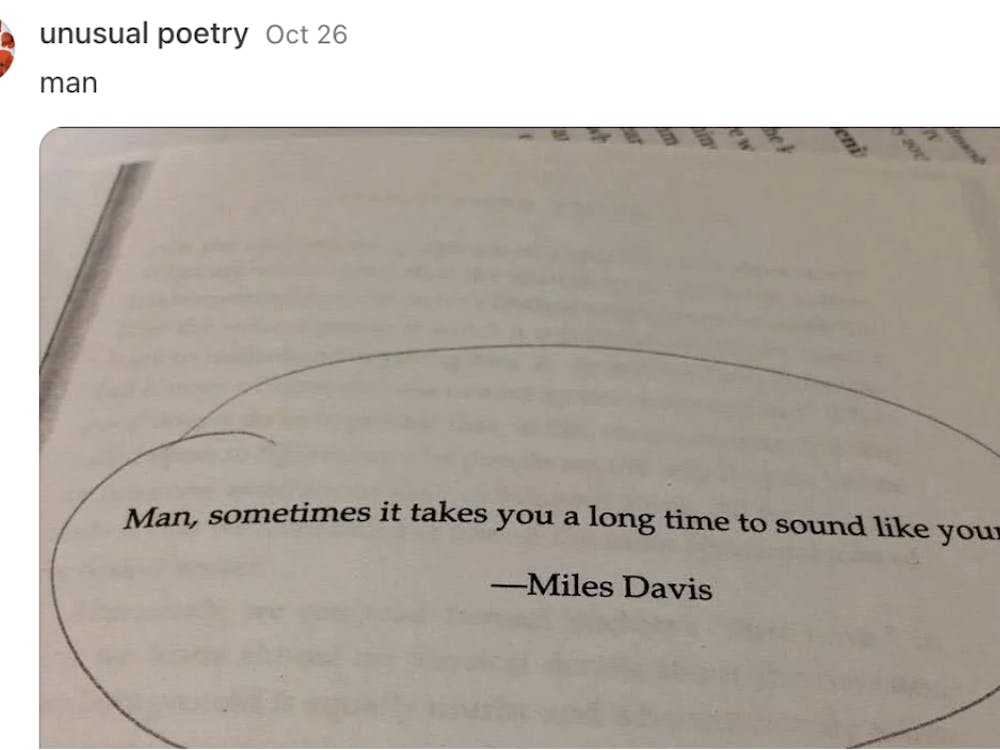Opioids are among the world’s oldest drugs and are still used today to manage pain. Classified as narcotic analgesics, they are legally available by prescription. They work by binding to specific receptors in the nervous system and altering the way that the brain identifies and interprets pain sensations.
Prescriptions are often given either orally, in pill or liquid form, or topically through a patch that slowly releases medication through the skin. Opioids are stronger than non-opioid analgesics, such as NSAIDS and acetaminophen, and may be considered by physicians when the non-opioids fail to help. Long-acting opioids are generally preferred, as they offer a more stable and dependable form of pain control than short-acting ones. Some common opioids include Vicodin, Percocet and Oxycontin.
To many, opioids may seem like the best choice for patients with chronic pain. But this view is largely misguided. In reality, opioids are not effective for long-term treatment.
Chronic pain is characterized by the frequent firing of pain signals in the nervous system. This continuous firing can be caused by a sudden occurrence — like a back injury — or a constant source of pain — such as arthritis. Sometimes it even occurs without any bodily injury or harm. The effects of chronic pain can cause sleep impairment, loss of appetite, anxiety, depression, frustration and suicidal tendencies. It is psychologically and physically devastating.
But opioids are not the answer. These narcotics are not physiologically effective in the long-term and can even increase sensitivity to pain in the long-run. After taking opioids for long periods of time, one’s brain will be fundamentally altered, causing stimuli that were not painful before to become agonizing. While one might have previously experienced hip pain only after walking for long distances, after taking opioids he may begin to experience additional pain when standing up or even sleeping.
When this happens, a vicious cycle is created. More pain medication will be required to take away the pain from the sensitivity originally induced by that same medication. The body will build up a tolerance and need more medication to feel the pain-relieving effects.
This endless cycle can often lead to addiction and even medication abuse to try to stop the unbearable pain as it appears. According to NPR, the use of prescription opioids currently results in more deaths in the U.S. due to intoxication than heroin and cocaine combined.
Granted, opioids can be effective for instant pain relief — after surgery, for example. For elderly patients or those with terminal illness, I believe that it is acceptable to prescribe these medications, as the hypersensitivity cycle is less likely to be created. I agree that opioids are effective analgesics, just not for long-term, chronic pain. It is ineffective to heal the symptom and not the cause.
It is important for physicians to be honest with their patients and inform them that they cannot take their pain away, but can make it manageable for them. If the patient is able to lead a normal life, this is a major milestone in their pain management. It is much better to be prescribed NSAIDS and participate in physical therapy or yoga than to enter a progression of steadily increasing pain.
Megan Crants is a junior Writing Seminars and Cognitive Science double major from Nashville, Tenn. She is the science columnist for the News-Letter.




